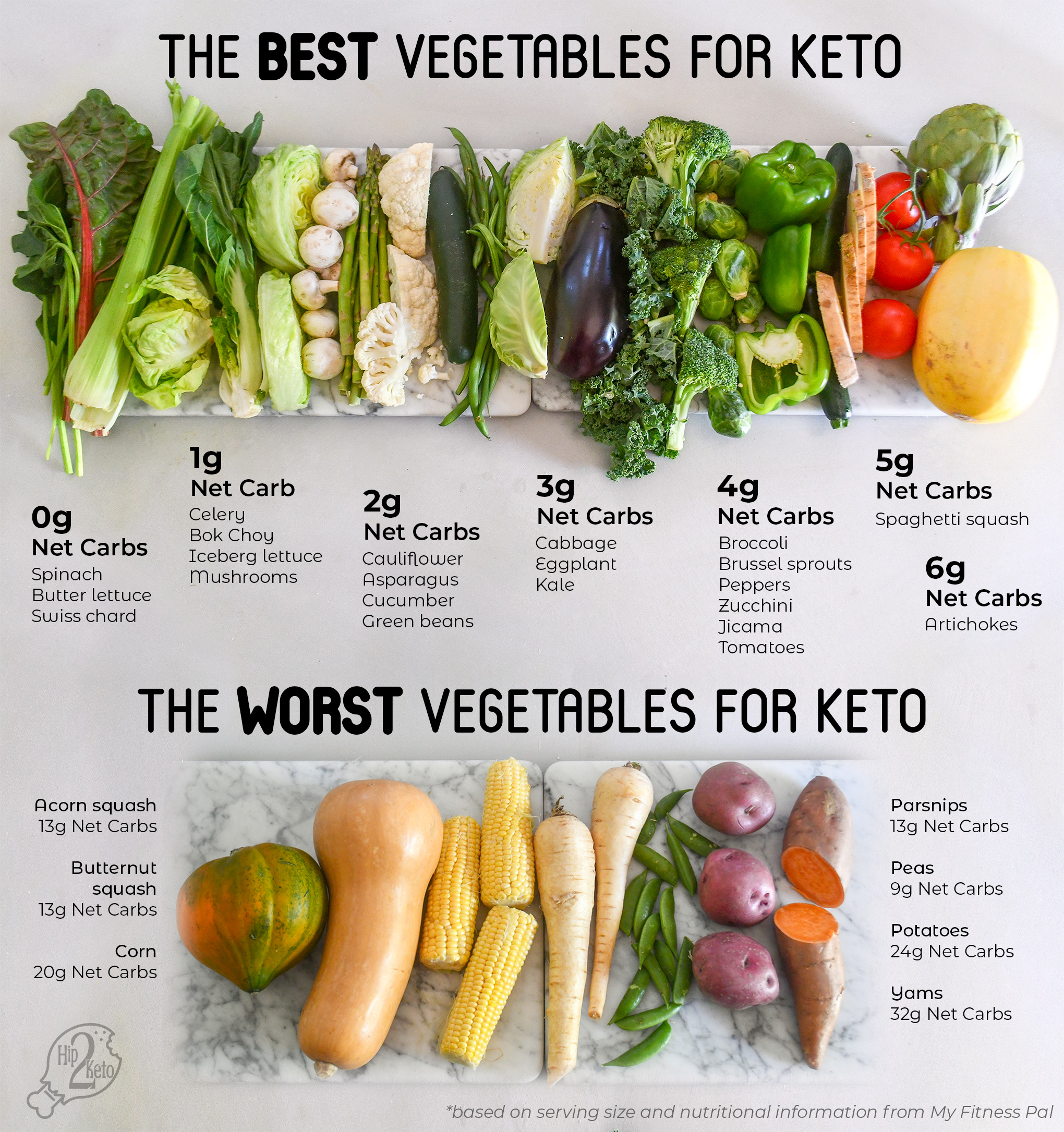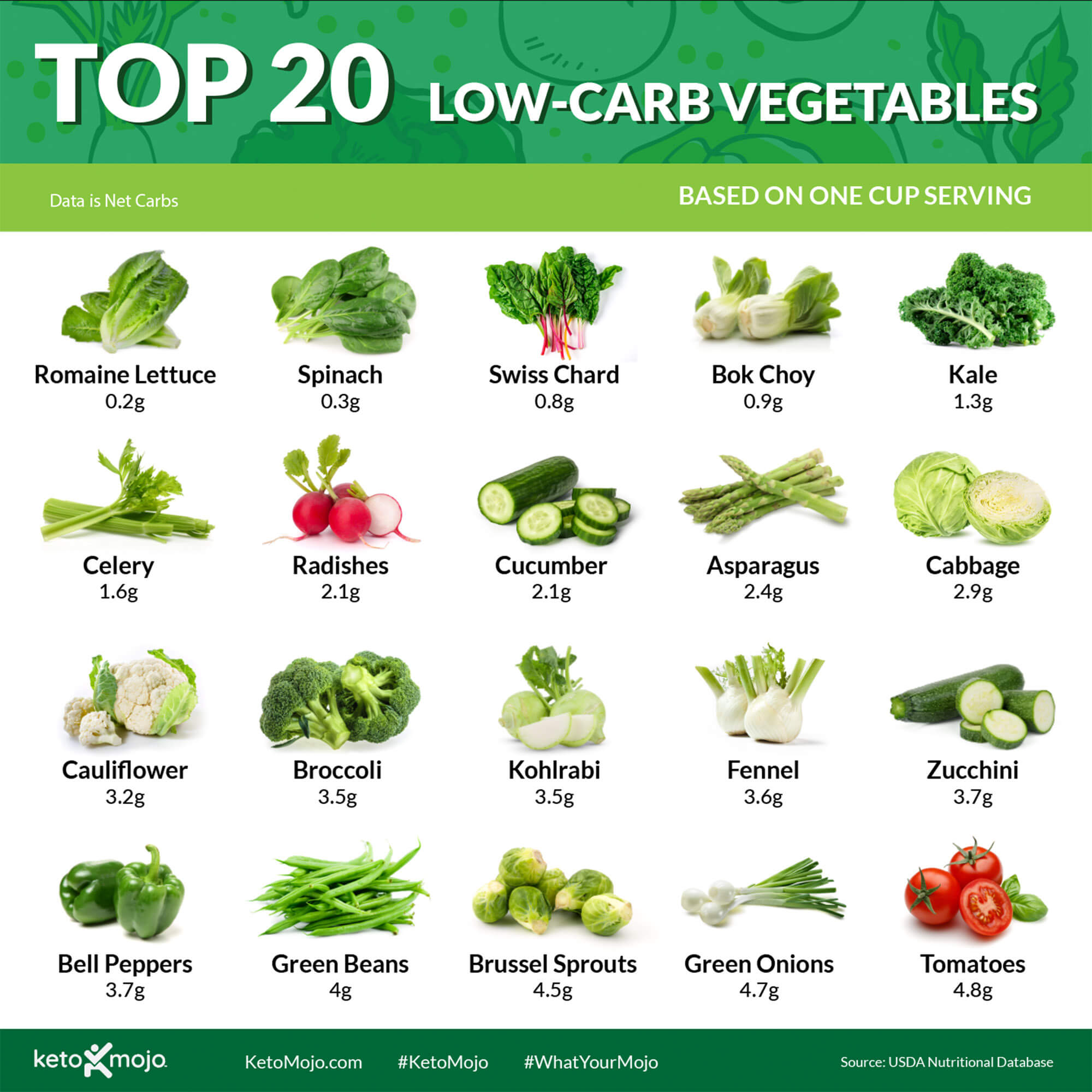Are you looking to cut carbs without giving up on tasty, nutritious veggies? Choosing the right low carb diet vegetables can make all the difference in reaching your health goals.
These veggies not only keep your meals exciting but also help you feel full and energized. Keep reading to discover which vegetables fit perfectly into your low carb lifestyle and how they can transform your meals and your results.
Benefits Of Low Carb Vegetables
Low carb vegetables offer many health advantages. They provide essential nutrients without extra carbs. Including these vegetables helps maintain a balanced diet. They fit well in weight loss and blood sugar control plans.
Choosing low carb vegetables supports overall health. They keep meals tasty and nutritious. Understanding their benefits can guide better food choices.
Nutrient Density And Fiber
Low carb vegetables are rich in vitamins and minerals. They deliver important nutrients with fewer calories. These vegetables contain fiber that aids digestion. Fiber helps keep the stomach full longer. This prevents overeating and supports gut health.
Impact On Blood Sugar Levels
Low carb vegetables have a small effect on blood sugar. They help avoid spikes after meals. Stable blood sugar improves energy and mood. It also lowers the risk of diabetes complications. These vegetables make managing blood sugar easier.
Supporting Weight Loss Goals
Eating low carb vegetables can help lose weight. They add volume to meals without many calories. This leads to feeling full and satisfied. Their fiber content slows digestion and reduces hunger. They are a smart choice for slimming down.
Best Low Carb Vegetables To Include
Choosing the right vegetables is key to a successful low carb diet. Vegetables with fewer carbs help maintain energy and support weight goals. They also provide fiber, vitamins, and minerals that keep the body healthy.
Focus on vegetables that offer nutrition without many carbs. These vegetables keep meals varied and flavorful. Here are some of the best low carb vegetables to include.
Leafy Greens
Leafy greens like spinach, kale, and lettuce are very low in carbs. They are rich in vitamins A, C, and K. These greens also contain antioxidants that protect the body. Adding them to meals boosts nutrition and keeps carbs low.
Cruciferous Vegetables
Broccoli, cauliflower, and Brussels sprouts belong to the cruciferous family. They have few carbs and many health benefits. These veggies offer fiber and help with digestion. Their crunchy texture adds variety to salads and cooked dishes.
Zucchini And Summer Squash
Zucchini and summer squash are versatile and low in carbs. They can be grilled, roasted, or spiralized into noodles. These vegetables provide potassium and vitamin C. They work well as side dishes or in main meals.
Peppers And Cucumbers
Bell peppers and cucumbers contain very few carbs. Peppers add color and sweetness to any dish. Cucumbers are refreshing and hydrating. Both vegetables can be eaten raw or cooked, enhancing texture and taste.
How To Prepare Low Carb Veggies
Preparing low carb vegetables is simple and fun. These veggies add nutrition and color to your meals. Cooking or eating them raw changes their taste and texture. Knowing how to prepare them helps keep your meals exciting and healthy.
Raw Vs Cooked Options
Raw veggies keep all their vitamins and crunch. They work well in salads or as snacks. Cooking softens vegetables and brings out sweetness. Steaming, roasting, or sautéing are good ways to cook low carb veggies. Avoid boiling too long to keep nutrients intact.
Flavor Enhancements Without Carbs
Use herbs like basil, parsley, and cilantro for fresh flavor. Spices such as cumin, paprika, and garlic powder add zest. Lemon juice or vinegar brighten taste without carbs. Olive oil or butter add richness and help flavors blend.
Meal Ideas Featuring Low Carb Veggies
Make a stir-fry with broccoli, bell peppers, and zucchini. Toss spinach and cucumber in a light vinaigrette for a fresh salad. Roast cauliflower with garlic and rosemary for a tasty side. Use lettuce leaves as wraps filled with grilled chicken and avocado.

Credit: hip2keto.com
Common Mistakes To Avoid
Low carb diets can help with weight loss and health improvement. Vegetables play a big role in these diets. Many people make mistakes that slow their progress or cause frustration. Avoiding common errors helps you stay on track and enjoy your meals.
Overeating Higher Carb Veggies
Some vegetables have more carbs than others. Eating too many starchy vegetables like potatoes or corn adds hidden carbs. These can raise blood sugar and slow weight loss. Choose low carb veggies such as spinach, broccoli, or zucchini instead. Keep track of which vegetables fit your carb limits.
Ignoring Portion Sizes
Portion size matters even for low carb veggies. Large servings can still add up in carbs. Measuring or estimating servings helps control carb intake. Use smaller plates or bowls to avoid eating too much. Remember, moderation is key to success.
Neglecting Variety
Eating the same vegetables daily can cause boredom and nutrient gaps. Different veggies offer different vitamins and minerals. Mix leafy greens, cruciferous, and colorful veggies in meals. Variety keeps meals interesting and supports overall health.
Incorporating Vegetables In Your Diet
Vegetables are a key part of a low carb diet. They bring vitamins, fiber, and flavor to every meal. Adding vegetables helps keep your diet balanced and satisfying. They fill your plate without adding many carbs. This makes it easier to stay on track and enjoy food.
Vegetables can be eaten in many ways. Raw, cooked, roasted, or blended. This variety keeps meals interesting and tasty. Small changes can make a big difference in your daily intake. Let’s explore some easy ways to include more vegetables.
Snacks And Side Dishes
Vegetables make great snacks and side dishes. Sliced cucumber, celery sticks, and cherry tomatoes work well. Pair them with a low carb dip like guacamole or cream cheese. Roasted broccoli or cauliflower also makes a warm side dish. These options add crunch and nutrition without extra carbs.
Boosting Main Meals
Add vegetables to your main meals for better taste and health. Stir spinach or kale into soups and stews. Toss zucchini noodles with your favorite sauces. Mix diced peppers or mushrooms into scrambled eggs. These simple steps increase fiber and keep meals filling.
Using Veggies In Low Carb Recipes
Many low carb recipes rely on vegetables as key ingredients. Cauliflower rice replaces regular rice in many dishes. Cabbage leaves can wrap fillings for low carb wraps. Spiralized vegetables make colorful, fresh salads and noodles. Experiment with different veggies to find your favorites.

Credit: www.osoaa.in

Credit: keto-mojo.com
Conclusion
Choosing low carb vegetables helps keep meals healthy and tasty. These veggies provide fiber, vitamins, and minerals your body needs. They support weight loss and keep blood sugar steady. Eating a variety adds color and flavor to your plate. Small changes make a big difference in your diet.
Try including these vegetables in your daily meals. Feel good and enjoy eating fresh, simple foods. Your body will thank you for smart choices. Keep exploring new veggies to stay motivated and healthy.



